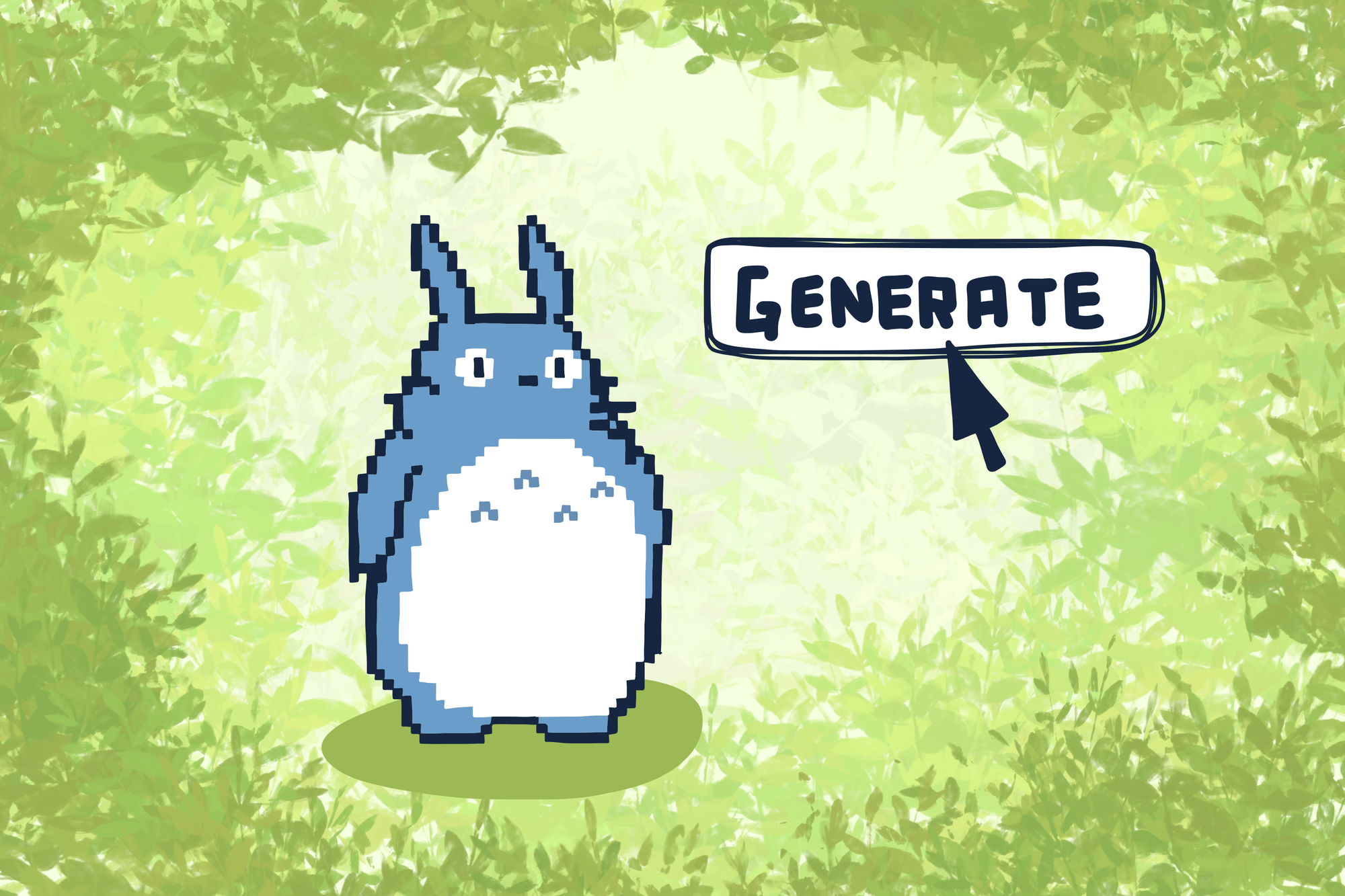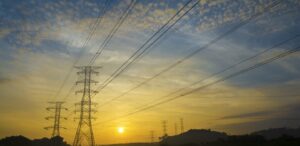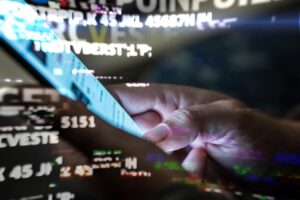“Unraveling the AI Transformation at Studio Ghibli | Arts”

The Rise of AI-Generated Art in the Style of Miyazaki
Introduction to the Trend
The world of animation and digital art has recently seen a fascinating new development. A trend has emerged where people transform their ordinary photographs into artwork reminiscent of the renowned Japanese animator Hayao Miyazaki’s signature style. This trend gained traction after OpenAI introduced the GPT-4o model on March 25, 2023, through ChatGPT. This new feature allows users to generate unique images by using various inputs, such as prompts or existing images. Sam Altman, the CEO of OpenAI, shared an update that quickly garnered substantial attention on social media, resulting in many individuals sharing side-by-side images of their modified photos alongside their Ghibli-inspired versions.
Technical Aspects of Image Generation
From a technical perspective, the results of the AI-generated images are impressive. Platforms like ChatGPT utilize large language models (LLMs) trained on vast datasets, which include a plethora of information from across the internet. This training also encompasses copyrighted materials, including work from Studio Ghibli. Thus, when ChatGPT generates an image that mirrors the style of a "Kiki’s Delivery Service" scene, it references thousands of Studio Ghibli frames stored in its dataset. The AI’s ability to recreate such a distinctive aesthetic indicates the sophistication of current technology.
Artistic Concerns and Copyright Issues
Despite the technological marvels involved, many artists and observers express concern over the implications of this trend. One major area of concern is copyright. Artists have long voiced their worries about their work being appropriated without consent, especially with the emergence of sophisticated image generation models. The trend surrounding Studio Ghibli and Miyazaki specifically highlights the risks of detaching an artist from their values. Miyazaki has openly critiqued AI-generated animation, describing it as "an insult to life itself" in 2016. However, this moral stance seems overlooked as individuals use AI tools to create images that reflect his style, often disregarding his artistic principles.
Misrepresentation of Artistic Legacy
Furthermore, the use of AI-generated art can sometimes convey messages that contradict the original artist’s intentions. For instance, an AI-generated illustration resembling Miyazaki’s style was recently used by the official White House X account to depict a woman facing deportation. The choice to represent such a serious and harsh reality through the lens of a beloved children’s art style raises ethical questions. Similarly, the Israeli Defense Forces have also engaged in this trend by posting animated images of their soldiers, despite Miyazaki’s films often conveying anti-war sentiments. Such portrayals can be seen as misrepresentative of the core messages found in Miyazaki’s works, potentially leading to a form of appropriation that serves specific agendas rather than honoring the artist’s legacy.
The Accessibility Argument vs. Artistic Authenticity
Proponents of AI-generated art argue that these technologies can democratize access to creative expression. However, it is essential to recognize that imitation alone does not equate to original art. Tools like GPT-4o utilize sophisticated algorithms to replicate a certain style but lack the emotional depth and intention that human artists infuse into their creations. While the novelty of generating playful images of friends styled after cherished childhood cartoons is appealing, it opens the gateway to broader ethical dilemmas. The ability to reduce meaningful art to mere visual representations risks trivializing the original works and the intentions behind them.
Navigating the New Frontier of AI Art
As interest in AI-generated art continues to grow, it is vital for artists, audiences, and tech companies to engage in ongoing discussions about the implications of such trends. Understanding the intersection of art, technology, and ethics will be key in navigating this evolving landscape and ensuring that artistic integrity is preserved amidst technological advancements.






